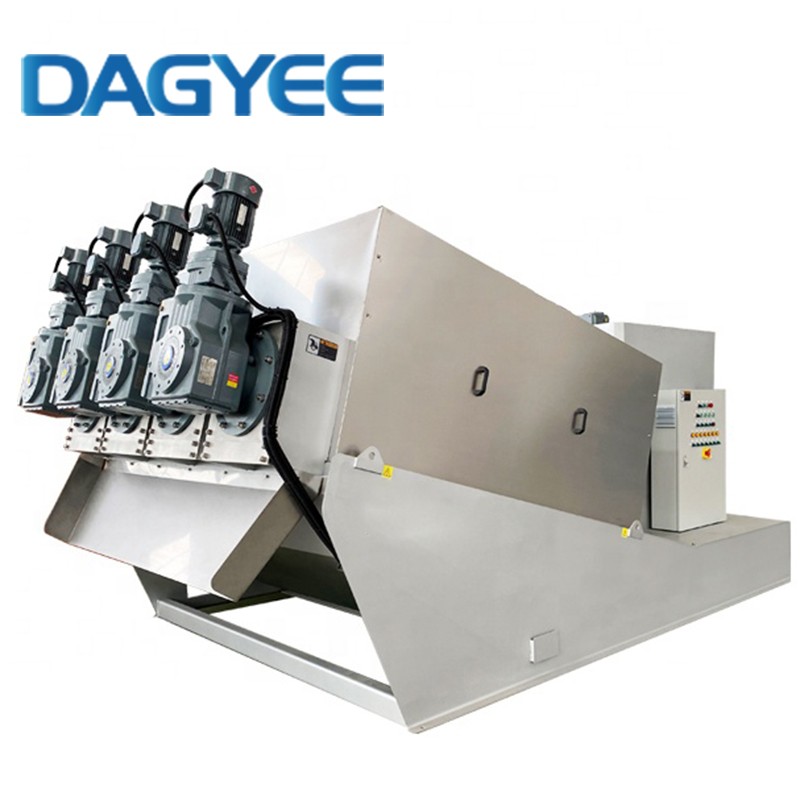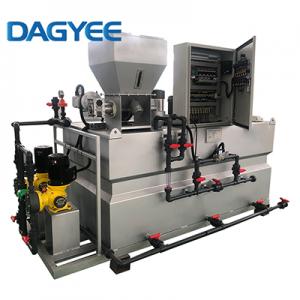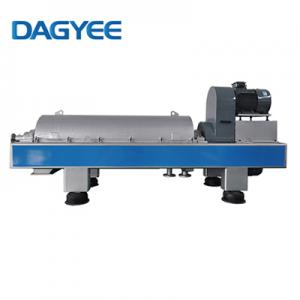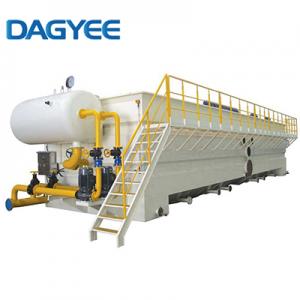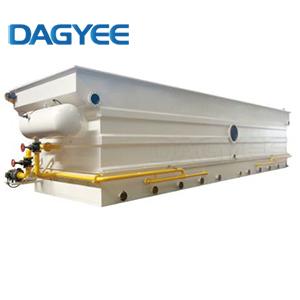Description
Sludge Dehydrator Description
Sludge dewatering equipment is not intended to treat the sludge or liquid but; it only separates the liquid components & solid components so it will get easier & cost effective to handle the separate phases of the disposal. Once the final sludge has been dewatered, then liquid is treated in ETP/STP & solid sludge is disposed.
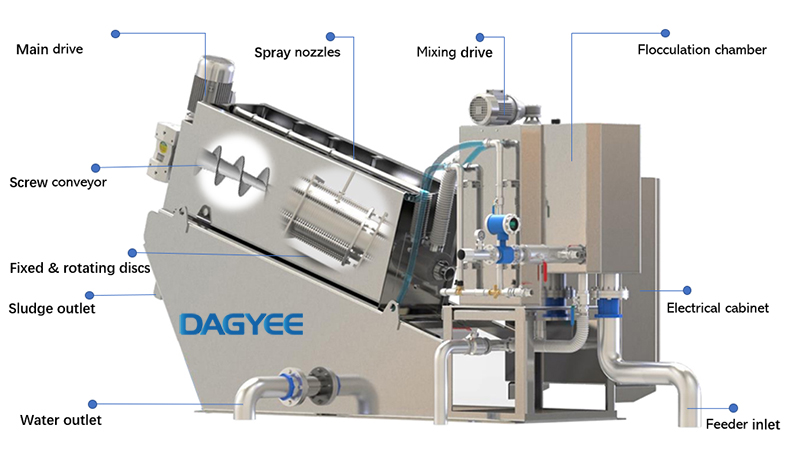
Sludge Dehydrator Process
Thickening: When the shaft is driven by the screw, moving rings around the shaft move up and down relatively. Most water is pressed out from the thickening zone and fall down to the filtrate tank for gravity;
Dewatering: The thickened sludge moves forward continuously from the thickening zone towards the dewatering zone. With the pitch of the screw shaft thread getting narrower and narrower, the pressure in the filter chamber increases higher and higher. In addition to the pressure generated by the back-pressure plate, the sludge is greatly pressed and dryer sludge cakes produce;
Self-cleaning: The moving rings rotates continuously up and down under the pushing of the running screw shaft while the gaps between the fixed rings and moving rings are cleaned to prevent from clogging that happens frequently for traditional dewatering equipment.

Sludge Dehydrator Model

| Model | DL303 |
| DS capacity kg/h | 90-150 kg/h |
| Sludge capacity m3/h(2-50g/L) | 3-45 |
| Spiral diameter mm | ¢310*3 |
| Discharge Distance mm | 495 |
| Size L*W*H mm | 3605*1690*1600 |
| Net.Kg | 1520 |
| Run Kg | 3080 |
| Power Kw | 1.86 |
| Washing Q L/h | 120 |
Sludge Dehydrator Widely Use
Applicable sludge concentration of 2000mg/L-50000mg/L.
Most especially for the oily sludge.
Fully Automatic Control
Combining with the auto control system, the machine runs very safely and simply and can be programmed according to the requirement of the users. It can operate automatically for 24 hours, unmanned.
Sludge Dehydrator Features
Low energy consumption.
Minimal water consumption.
Minimal noise.
Low polymer consumption.
No need for proceeding sludge thickening.
Suitable for any type of sludge even suitable for dewatering oil/grease rich sludge.
Minimal maintenance and operational cost.
Capable for working 24/7.
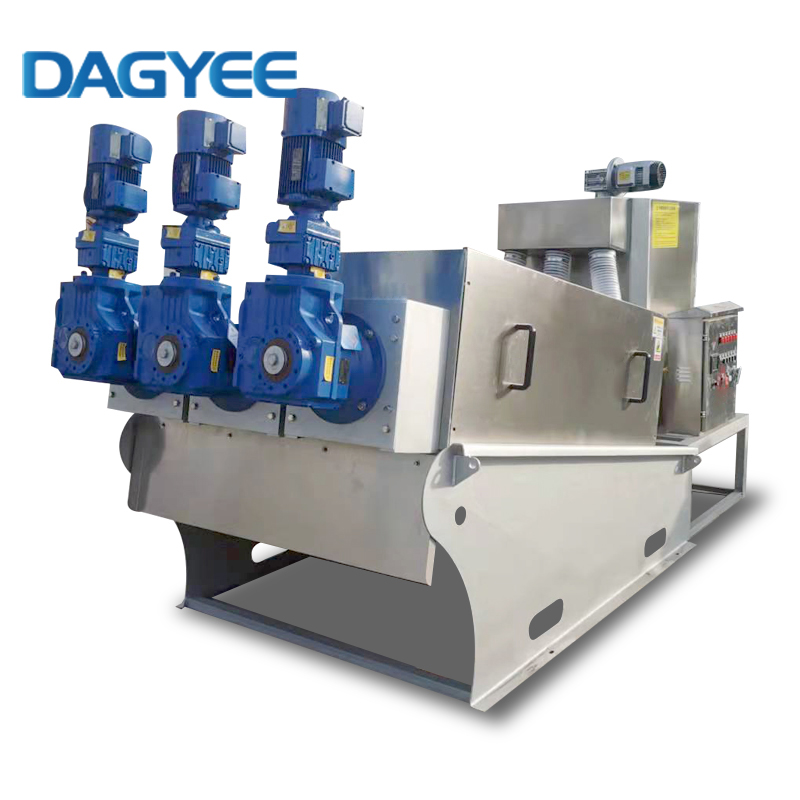
Sludge Dehydrator Application
Simple arrangement
Low Power Consumption
Simple and short start-up and shut
down procedures
Continuous operation. Hence continuous output can be obtained
Process can be automized
Only electricity and water supply for cleaning is required, and that too in less amount
For a multi-channel machine, one or more channels may be removed for maintenance purposes, while the machine with the remaining channels may still be operated
No clogging. Cleaning is automized and is easy
Long life of discs
No external lubrication system is required
Flocculator built in the Screw press


